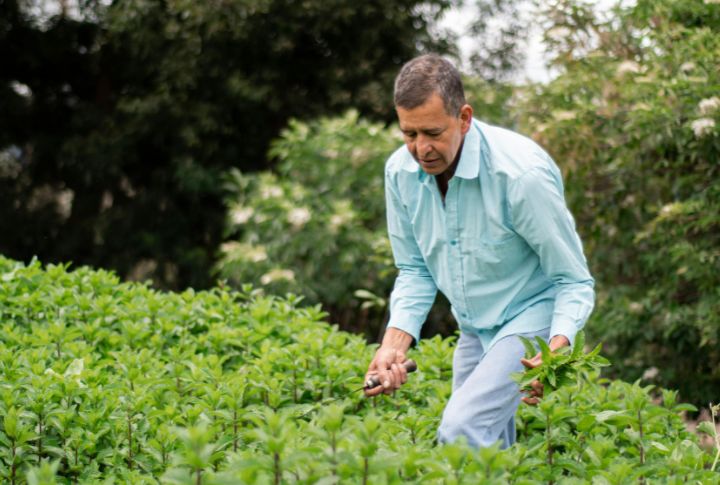
Certain species look perfect on the shelf but turn into expensive nightmares once planted and blooming. Experienced gardeners have learned these lessons through frustration, wasted money, and endless removal attempts. The least we can do is learn from their mistakes. So, here are 10 plants that should stay far away from your property.
English Ivy
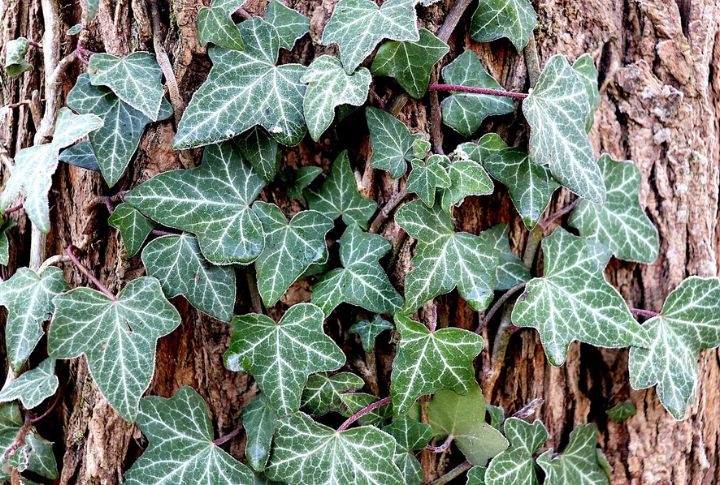
English ivy might look charming with its glossy leaves and romantic, trailing vines, but it’s far from innocent. This fast-growing plant quickly takes over gardens, climbing trees, and smothering native species. Worse yet, its berries are toxic to pets and wildlife—proof that beauty can sometimes be downright dangerous.
Bamboo
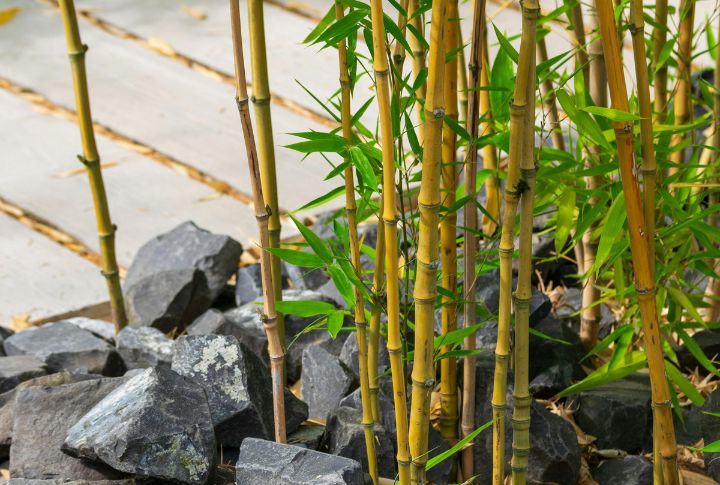
Behind bamboo’s graceful exterior lies a relentless invader. It multiplies through underground rhizomes, shooting skyward almost overnight. Within months, it can dominate entire yards and crowd out everything else. Its roots are nearly indestructible, thereby turning simple garden maintenance into a never-ending struggle against stubborn green shoots.
Russian Olive
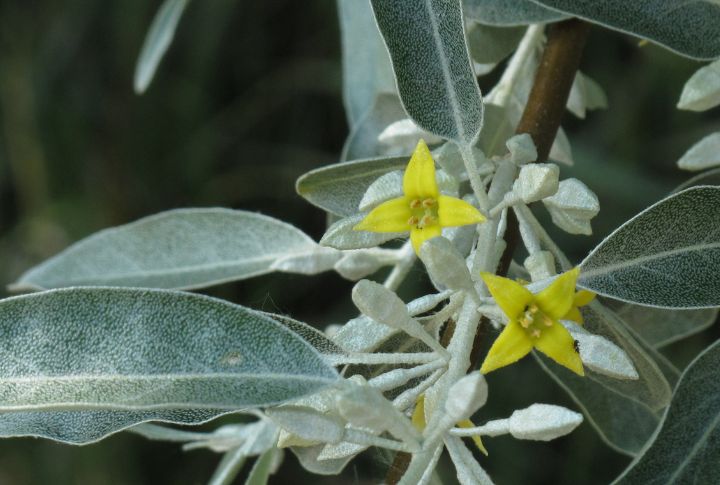
You might spot Russian olive and think, “Wow, that’s beautiful.” And it certainly is—until it has been a season or two, and it starts changing the soil and building walls of brush. On the flip side, though, its berries taste good enough to gobble up.
Bradford Pear
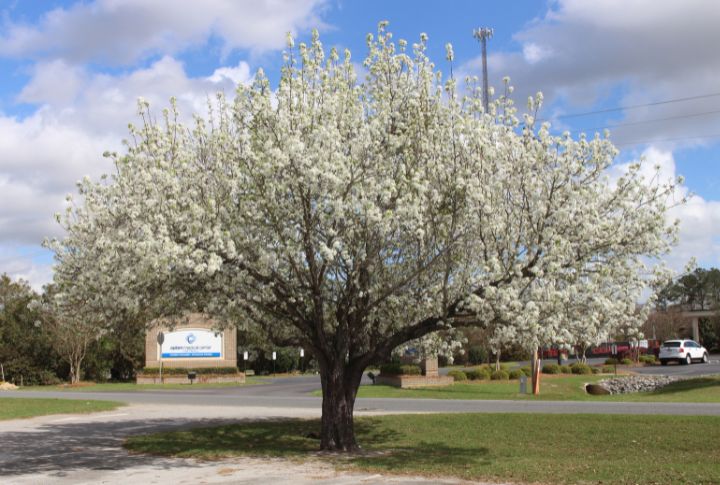
Despite their elegant spring flowers, Bradford pears are yard disasters waiting to happen. Their limbs snap easily, and their sugary scent turns nauseating up close. Plus, they seed themselves far and wide, displacing native plants, which is why many communities are removing them entirely to restore balance.
Mint
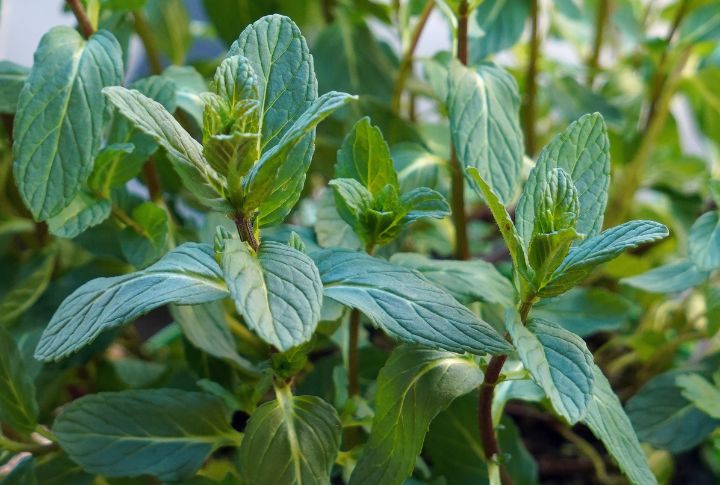
What begins as an innocent addition to the herb garden soon reveals mint’s true nature. Through aggressive underground runners, this seemingly harmless plant launches a stealth invasion of garden beds, rapidly multiplying and muscling out neighboring plants. Gardening experts now actively warn against planting mint, as its tenacious root system proves nearly impossible to fully eliminate.
Purple Loosestrife
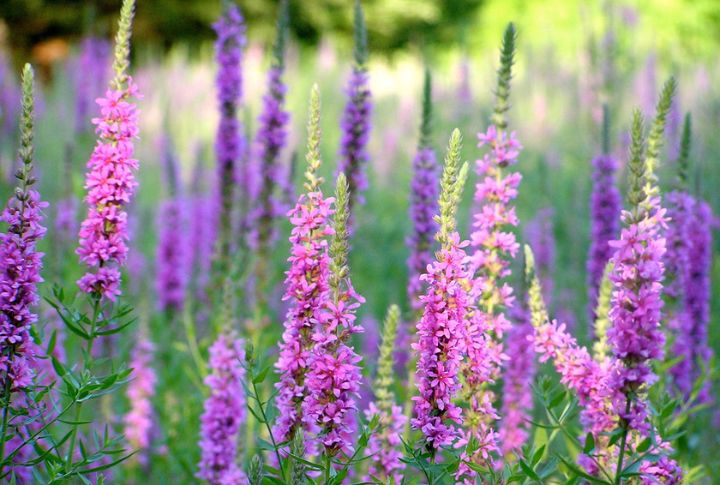
Purple loosestrife arrived as an ornamental treasure and became a widespread menace. Every plant can generate up to 2.7 million seeds that are easily carried by wind or water. Once established, it overruns wetlands, thereby replacing native species and erasing the delicate ecosystems.
Tree Of Heaven
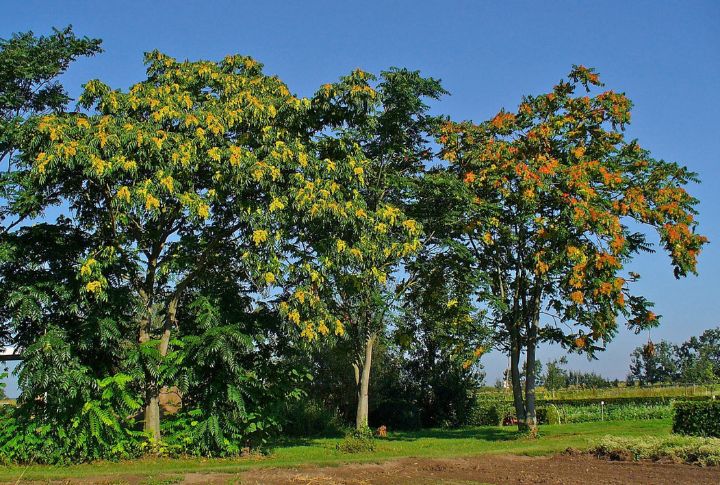
The name promises paradise, though the reality is that it’s a magnet for spotted lanternflies. The Tree of Heaven also grows rapidly and releases chemicals that suppress surrounding plants. Its sprawling roots crack sidewalks and invade pipes, along with its pungent scent lingering in the air.
Barberry
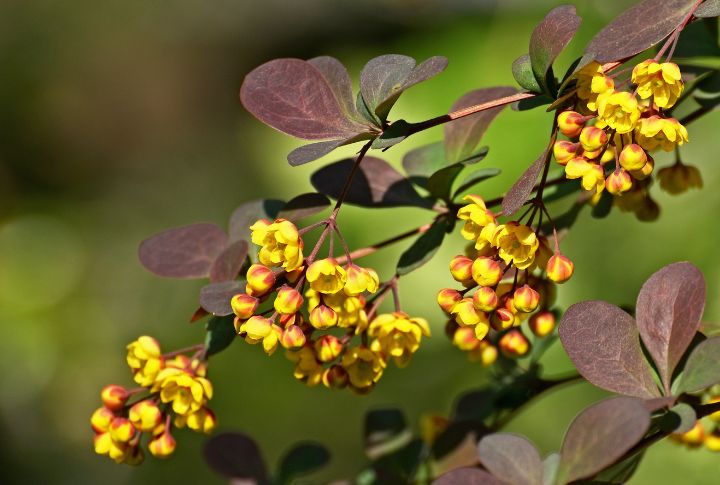
In many gardens, barberry starts as a compact, tidy shrub. A few seasons later, it’s a sprawling fortress of thorns. Native plants struggle to survive beneath it, and the shady, humid ground below becomes a perfect breeding site for ticks that spread to surrounding areas.
Morning Glory
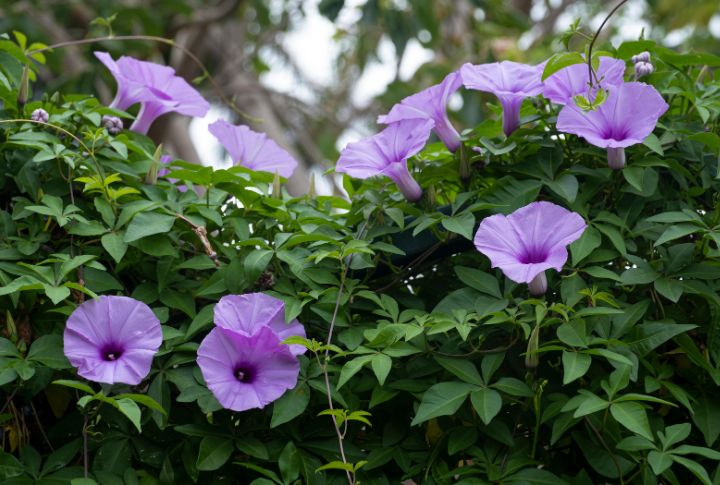
At first glance, the vines look harmless—delicate and quick to bloom. Then the garden starts disappearing. Morning glory climbs over everything, blocking sunlight and strangling nearby plants. The seeds are poisonous, too, and the roots dig in so deeply that even pulling them up barely helps.
Norway Maple
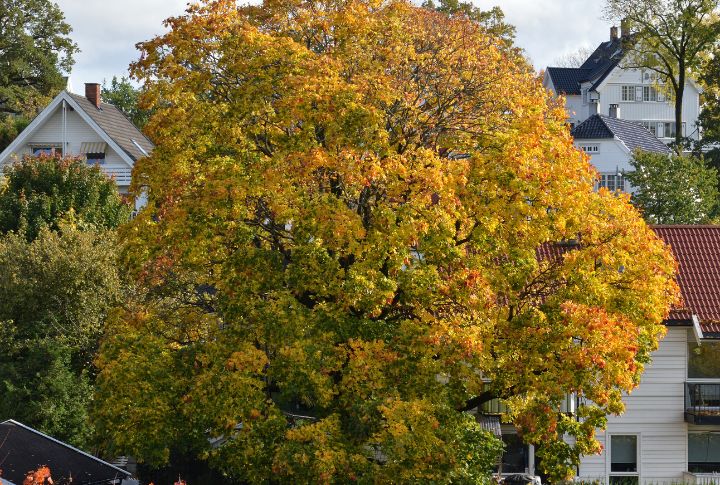
Introduced with good intentions, Norway maples quickly made themselves at home and then some. Their wide crowns cast deep shade that shuts out native growth, while their sprawling roots steal every drop of moisture nearby. Snap a leaf, and the milky sap tells the truth about just how assertive this species can be.

